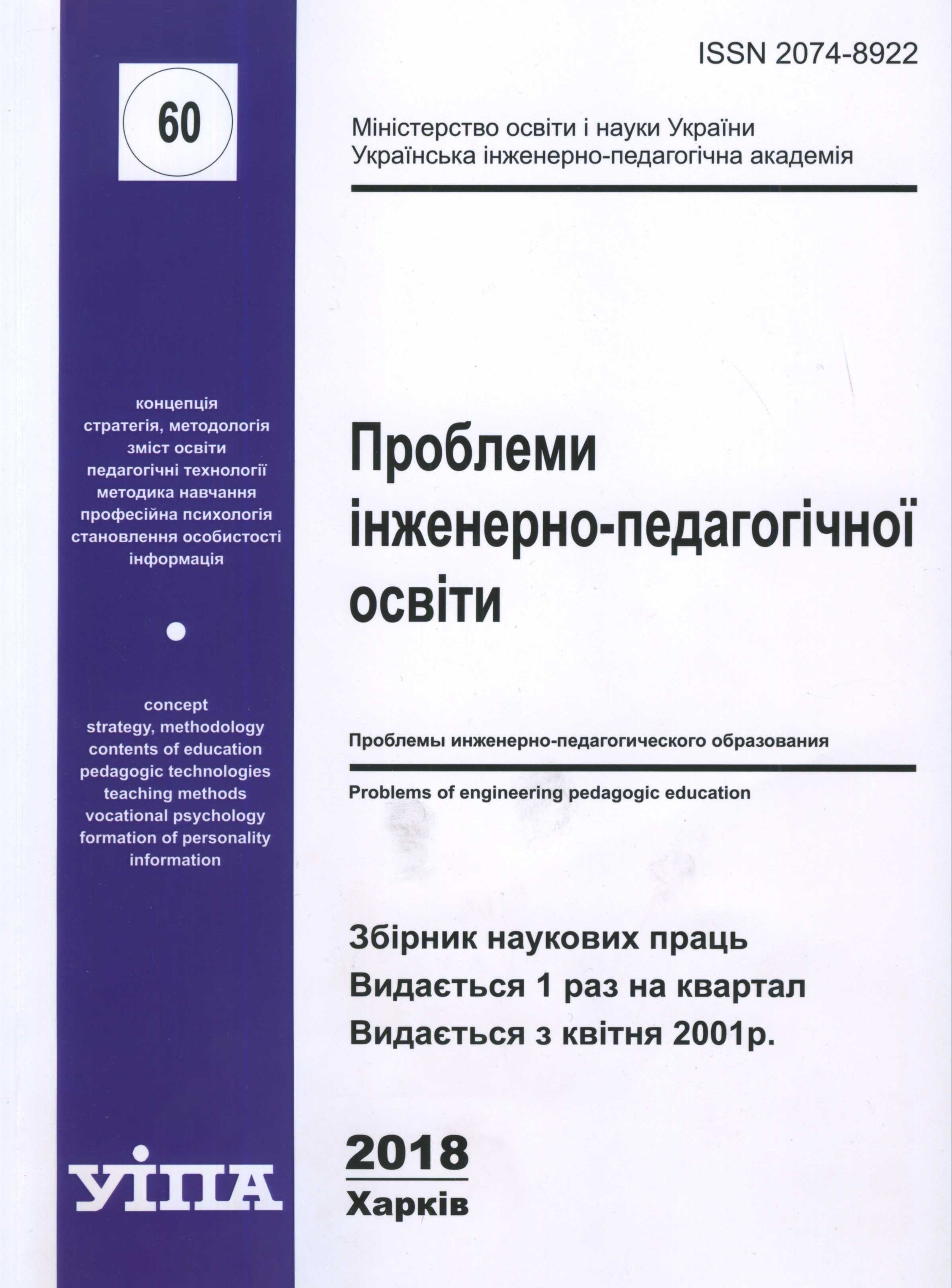Abstract
The realization of the Concept for the implementation of the state policy in the sphere of general secondary
education «New Ukrainian School» for the period until 2029 necessitates the improvement of the quality of
pedagogical education. The article provides theoretical substantiation and defines practical means of
improving the implementation of controlling and diagnostic functions while teaching the academic discipline
«General Pedagogy» to students of higher pedagogical educational institutions in Ukraine. The necessity of
using a binary approach in the process of teaching the academic discipline «General pedagogy», which,
within the existing strategy to ensure guaranteed quality of education and professional standards laid down in
the Law of Ukraine “On Higher Education”, provides for the formation of qualitatively new relations
between teachers and students, enhancing the role of the latter in assessing the quality of the achievement of
educational objectives. The article shows the importance of using competence-based and student-centered
approaches, and determines that the implementation of the controlling and diagnostic functions can be
improved by introducing new information and communication technologies into the educational process, in
particular, in the process of exercising control and self-control of knowledge acquisition at all stages of
learning. The author has worked out a system of requirements for the development and content of control
tests as well as guidelines for the testing process. The paper also identifies the main advantages of this
approach, which assures individuality, complexity, integrity, objectivity, adaptability, simplicity and
manufacturability of the implementation of the diagnostic and controlling functions of the teacher.


